
Adding to the collection of diagrams of sustainability. This time we add dimensions – so a triangle becomes a wedge and a pyramid And spirals and links become a pandemic. We finish with an ontological butterfly.
655. PlanetEarth Concept (if the planet is conceived as triangles) (Al-Thour 2016)


656. Washing machine (Mansell 2019)

657. SDGs on a wellbeing (?) tower (Lucas 2018)

658. Classification wedge (Lukman 2016)

Classification of sustainability oriented terms (updated from Glavi c and Lukman, 2007). CE, circular economy; CP, cleaner production; DE, degradation; EA, environmental accounting; ED, eco-design; EE, environmental engineering; EI, ethical investment; EL, environmental legalisation; EMS, environmental management strategy; ESD, education for SD; ET, environmental technology; FX, factor X; GC, green chemistry; HS, health and safety; IE, industrial ecology; IPPC, integrated pollution prevention and control; LCA, life cycle assessment; M, mutualism; MRU, minimization of resource usage; P, purification; PC, pollution control; PO, policy; PP, ” polluter pays ” principle; PSS, product service system; P2, pollution prevention; RC, responsible care; R, reporting to the stakeholders; RE, recycling; ReE, resource efficiency; RF, remanufacturing; RG, regeneration; RP, repair; RU, reuse; RV, recovery; R2, renewable resources; SCP, sustainable consumption and production; SCM, supply chain management; SD, sustainable development; SmC, smart city; SP, sustainable production; SR, source reduction; SRE, social responsibility; SmS, smart specialization; VEA, voluntary environmental agreement; WM, waste minimization; and ZW, zero waste.
659. Interlinked SDGs (visualisation tool).

660. Synergies and trade-offs (Luanhe Living Lab team 2020)

661. COVID (Zhou 2021)
SDG targets impacts of pandemic in Asia

Derived through dashboards

662. Tiny pies filled with trade-offs and synergies (Yang 2020)

In right side of the diagonal, numbers represent the correlation between 2 SDGs and blue circles show significant positive correlations and red circles show negative correlations, both at a P<0.05 level. The left side of the diagonal show the significant trade-offs and synergies between SDGs.
663. Patrimonium (Leus 2018)

664. Law spheres (Dooyeweerd via Leus 2018)
The modal spheres of Dooyeweerd [10]: When all the law spheres are respected, a good balance and sustainability are received.
Fifteen aspects of temporal reality, or modalities/spheres, or ways of being are distinguished: numerical (quantitative), spatial, kinematic, physical, biotic, psychic (sensitive), analytical (logic), historic (cultural), communicative, social, economic, aesthetic, juridical, ethical, and pistic (faith).
The first three modal spheres (numerical, spatial and kinematic), are the most fundamental and determinative ones. The higher in the ranking, the more the normative character is highlighted. The highest modal spheres (e.g., pistic, ethical, legal), are based more on human value judgments than the lower ones. The spheres refer to each other by anticipations and retrocipations. In this way, one modality is metaphorically described by the idiom of another [9] (p. 109). Heritage, for example, can be described on the basis of economic value, which in turn can be expressed in price (the numerical aspect). Such a “backward” relationship, although it is accompanied by the loss of a certain meaning, is called a retrocipation by Dooyeweerd. Additionally, in the reverse sense heritage is anticipatory, related to the legal, ethical and pistic aspects, for example in the form a protected monument prescribed by law, a site that is accessible to everyone, or a memorial, thus gaining in significance. Dooyeweerd considered this system of modal spheres, anticipation and retrocipation, the “cosmic order of time”.

665. New European Bauhaus (European Commission 2023)
(yes I know, not really sustainability per se)

666. A two-dimensional intentional faith development matrix (Martinez 2017)

667. That’s Absurd! (Longyu Shi 2019)

668. Planetary Health Education Framework (Guzman 2021)

669. COVID as transformative disruption to move from weak to strong sustainability (Aragón de León 2021)

670. Planetary health literacy (Jochem 2023)

671. Model for understanding sustainability in sacred places (Shinde 2023)

earlier: Shinde 2019

672. Global issues in balance (origin unknown, maybe this defunct)

673. Traversal transformations (Goyeneche 2022)
Move towards a focus on how SDGs are enabling transformative change. A conceptual approach is presented based on the notion that research should build bridges across three types of SDGs: ones that reflect socio-technical system change, directionality, and framework conditions.
A first type is SDGs which we refer to as “socio-technical systems” that describe areas of provision of basic needs…The second type is SDGs that express new social and ecological directionalities that need to be incorporated in the process of socio-technical system change. These directionalities are captured in the following SDGs: No Poverty (SDG 1); Gender Equality (SDG 5); Decent Work and Economic Growth (SDG 8); Reduced Inequalities (SDG10); Responsible Production and Consumption (SDG 12); Climate Action (SDG 13) and Life on Land (SDG 15). In Fig. 1 we use the notion of traversal directions because these directionalities need to intersect with socio-technical systems. The third type of SDG refers to the requirement for wider participation and networking across actors which assumes specific governance and political conditions in which societies can discuss, negotiate and navigate different transformational trajectories of development

674. Venn but with focus on intersections (Saviano 2019)
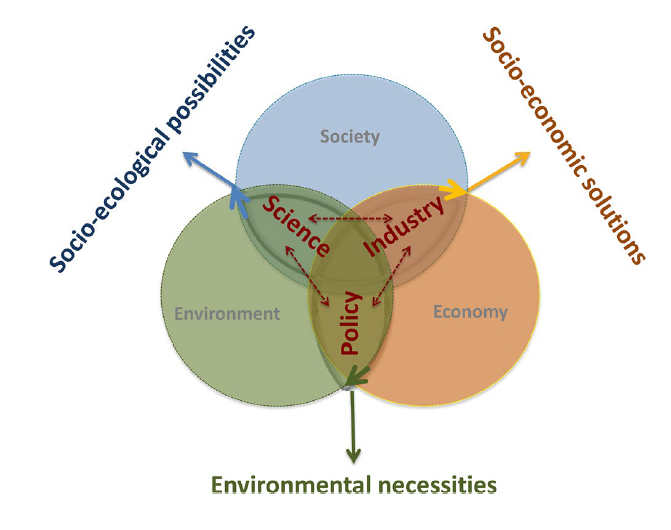
675. Sliced silos (Saviano 2019)

676. Sustainable Pyramid Mediterranean Diet (Serra-Majem 2020)
(Yes, I know, not really defining sustainable, but note that wine is considered foundational)

677. Geological and archeological timeframes (Allen 2020)
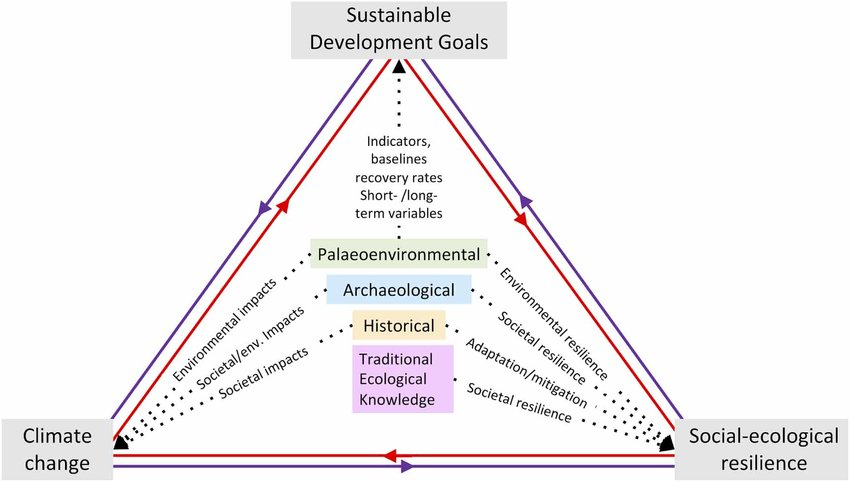

678. Role of AI in sustainability (plus a forest with Goldilocks’ bears) (Vinuesa 2020)

679. Strong sustainability with flows, and bonus opportunities for teaching chemistry (Elschami 2020)

680. (un)Certainty and agreement (Messerli 2019)

681. SDGs in a space of transformation (Messerli 2019)
Progress in human well-being is closely connected to the state of the natural environment, and vice versa. The space for moving to a sustainable development trajectory lies at the interface between these two components of the Earth System (panel A). Currently, however, the world is not set on a trajectory that lies within this space.
The 2030 Agenda for Sustainable Development defines a political space within which United Nations Member States have committed themselves to managing both the relationships among human beings and between human activities and the planet. That space is delineated by a set of social targets that define human wellbeing and capabilities, as well as environmental targets to secure nature and the global commons (panel B).
As those social and environmental targets are intractably linked, it is not possible to carry out one intervention without influencing another. Therefore, choices need to be made with respect to balancing the gains and tradeoffs of all activities. The overarching objectives provide essential guidance for making choices (panel C).
Achieving more equitable and balanced development within the political space of the 2030 Agenda is
possible only by engaging with the systems that connect people and nature to their guiding goals (panel D).

682. Sustainable just peace (Sachs via Snauwaert 2017)

683. Bonded Biocosmology. (Onyeali 2023)
Autonomy is self-referential and makes us internalize our environment and restructure it in reference to ourselves. The biocosmos, seen from this perspective, is like an ecological fabric, a dress around the human being who has extended his/her boundaries to the periphery of the biocosmos. And so, with one hand, nature provides for us, and with the other hand nature challenges us, which is necessary for our growth. Correspondingly, with one hand we receive the gifts of providence, and with the other we ward off erosion, entropy. The result is a balanced relationship between humans and nature, as schematically depicted in Figure 1, which summarizes this balanced relationship based on the concepts outlined in this article. These principles form the basis of what could be called biocosmology.

684. New Sustainable? (Gibbons 2020)

685. Flows lens as regenerative framework rubric (Middleton 2020)

686. The necessary guilty trap (Lin 2020)
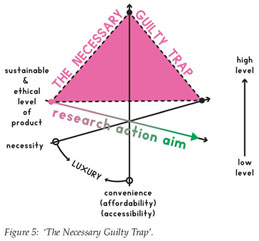
687. Regenerative spiral (Gibbons 2018)
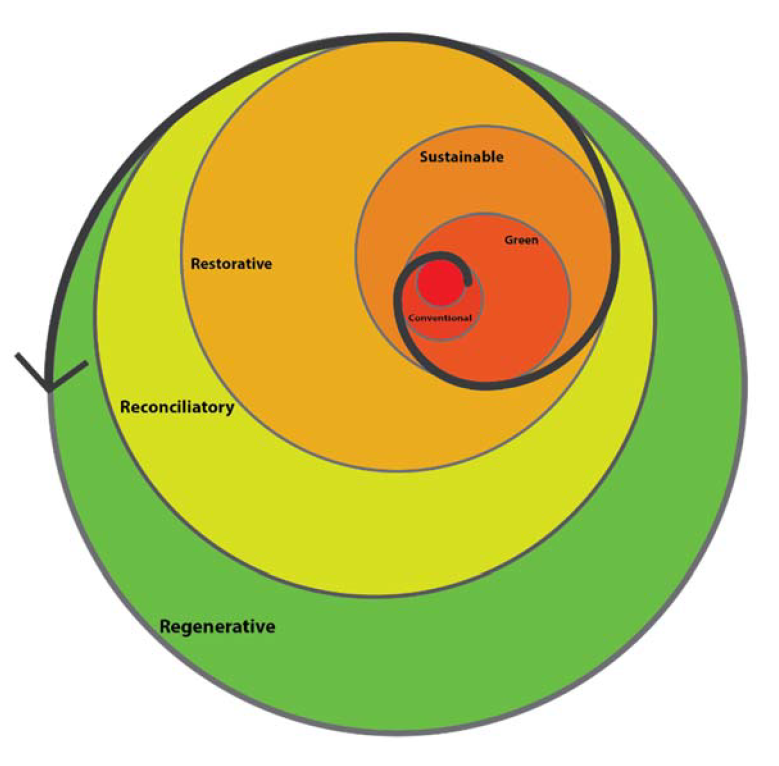

688. Ethical paradox at core. (Jabareen 2008)
The concept of ethical paradox rests at the heart of this framework. The paradox between ‘sustainability’ and ‘development’ is articulated in terms of ethics. In other words, the epistemological foundation of the theoretical framework of sustainable development is based on the unresolved and fluid paradox of sustainability, which as such can simultaneously inhabit different and contradictory environmental ideologies and practices. Consequently, SD tolerates diverse interpretations and practices that
range between ‘light ecology’, which allows intensive interventions, and ‘deep
ecology’, which allows minor interventions in nature.

689. Flourishing within boundaries (Casarejos 2020)

690. Regenerative ideation (Ibrahim 2022)

691. Natural Social Contract (Huntjens 2021)

692. From ego to ego (Scharmer via Huntjens 2021)

693. Corporate sustainability moving from current to sustainable (Bolis 2021)

694. Internal/External and Current/Future Value (Sadovska 2020).
Applied in agricultural sector

695. Societal Satisfaction (Deleryd 2020)
The sustainability model: Balancing economic, societal, and environmental sustainability
to achieve societal satisfaction and sustainable success – the new ultimate measurement of quality
and purpose of organisations.
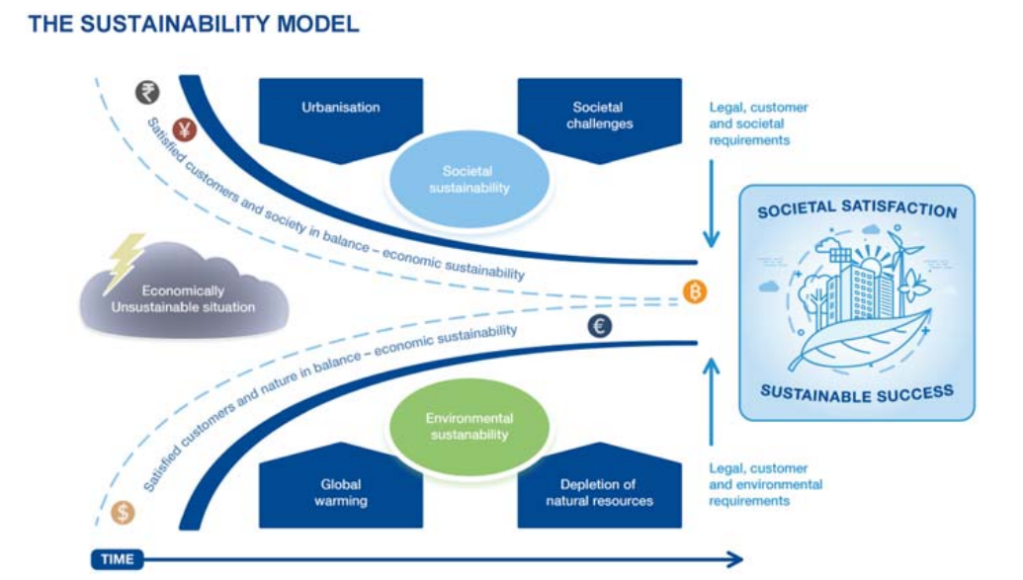
696. Symbiosis in Development (Except, Bosschaert)
It’s a Venn, but not as you know it.
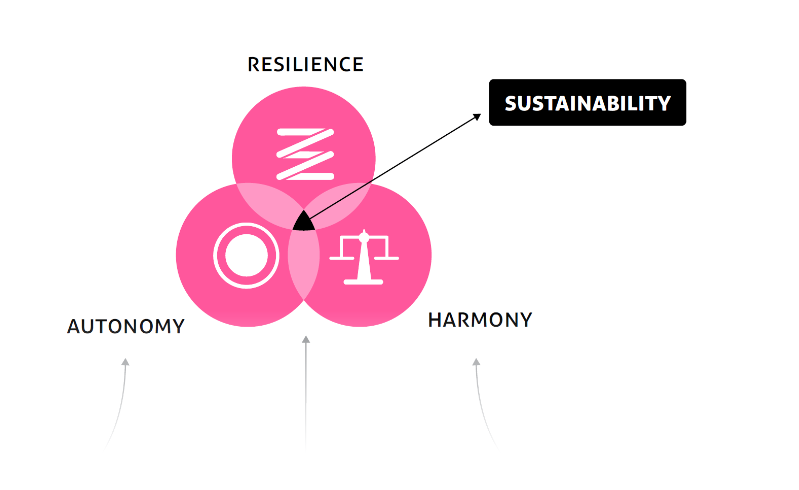
697. Resource light (Liedtke 2015)

698. Transformative Change (UNRSID 2017)

699. Sustainability governance (Iribarnegaray 2012)

700. Sustainable Growth (sic) Wheel (Hoyer 2016)

701. Ontology of the knowledge domain of risk, resilience and sustainability (Nielsen 2021)

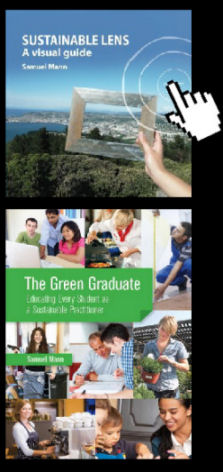
Posted on July 19, 2023
0